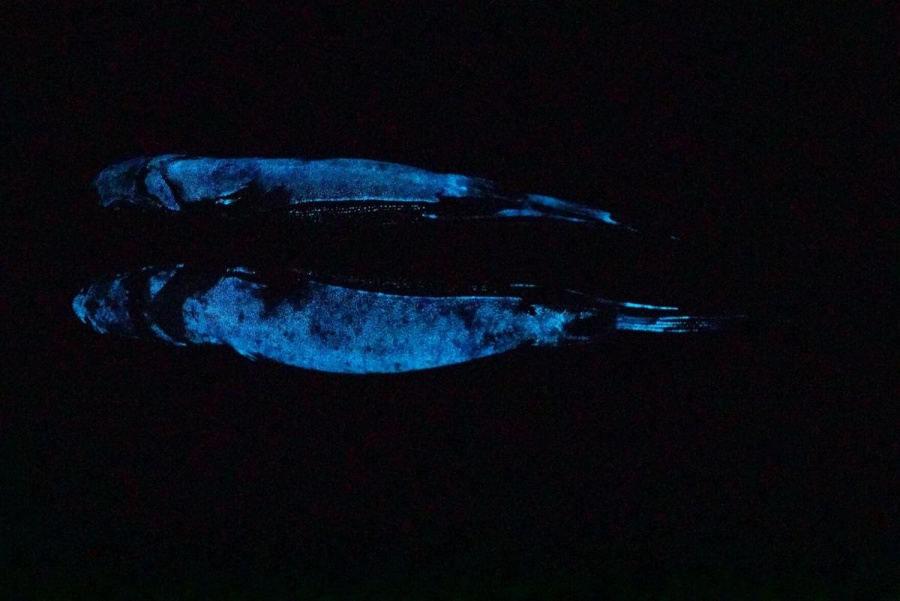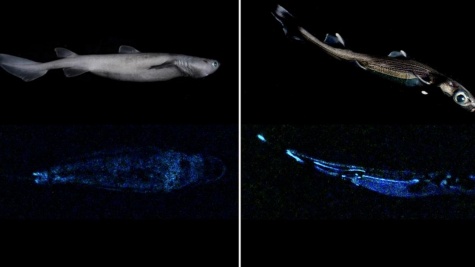
Sosie Casteel | Editor
March 5, 2021
Scientists have discovered three glow-in-the-dark shark species: the kitefin shark, the southern lanternshark, and the blackbelly lanternshark. These species are not new, but we are just now discovering their ability to glow.
The kitefin is now the largest-known luminous vertebrate (about six feet in length). Bioluminescence, the glow, is caused by a chemical reaction in living organisms and is very common in marine organisms. If you went to the beach at night to see the glowing phytoplankton, you have witnessed bioluminescence in action. Out of the 540 known shark species, it is estimated that 57 are capable of the chemical reaction that causes bioluminescence.
“I think bioluminescent sharks are very cool,” junior Joseph de Traversay said. “I wouldn’t want to encounter one but they’re still amazing.”
The sharks were accidentally collected in Chatham Rise off the east coast of New Zealand for a fish survey in 2020. They typically live in the “twilight zone” of the ocean between 200-1,000 meters deep (the deepest that sunlight will penetrate.)

Like other marine species, these sharks may use bioluminescence as camouflage to avoid predators since bioluminescence can make sharks invisible against the faint glow in the “twilight zone.” Kitefin sharks, however, have few known predators so they may use their bioluminescence as a disguise when hunting or as a flashlight to find their prey. Scientists are also surprised by the glow from the Kitefin sharks’ dorsal fins. Further research is required to determine why the sharks glow this way.
“It’s amazing to see what life will do to fill its niche,” junior William Redmond said. “It makes sense that it’s an apex predator in such a barren area.”
Scientists from the Université Catholique de Louvain in Belgium and the National Institute of Water and Atmospheric Research in New Zealand speculate: It “has often been seen as a spectacular yet uncommon event at sea, but considering the vastness of the deep sea and the occurrence of luminous organisms in this zone, it is now more and more obvious that producing light at depth must play an important role structuring the biggest ecosystem on our planet.”

Leave a Reply